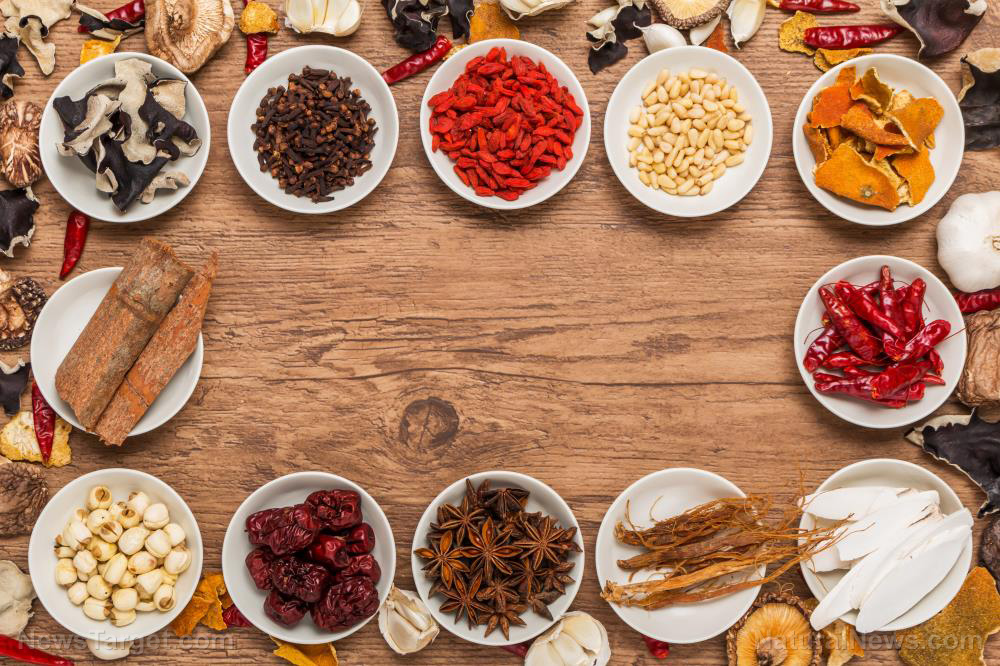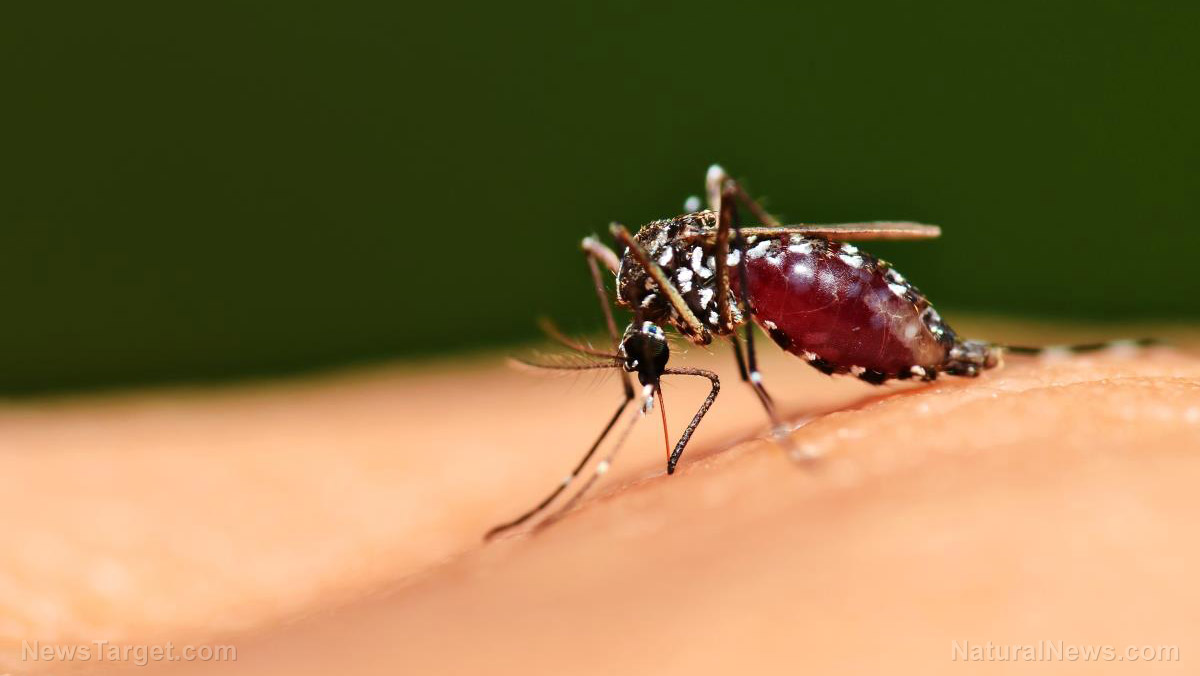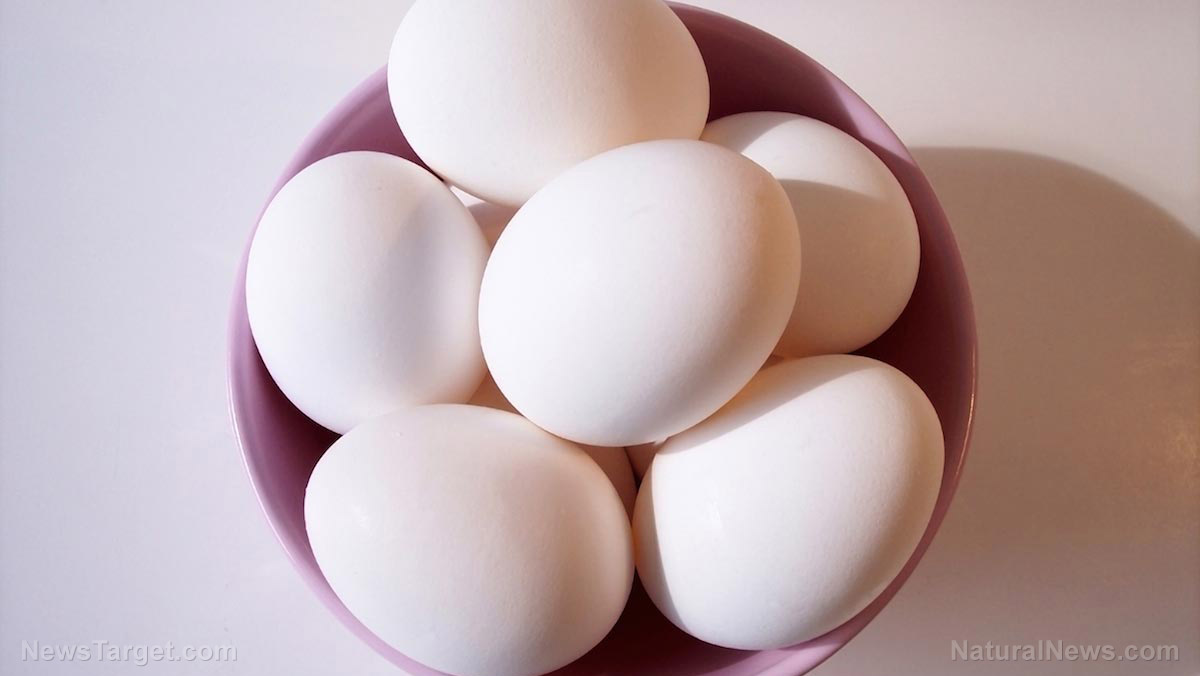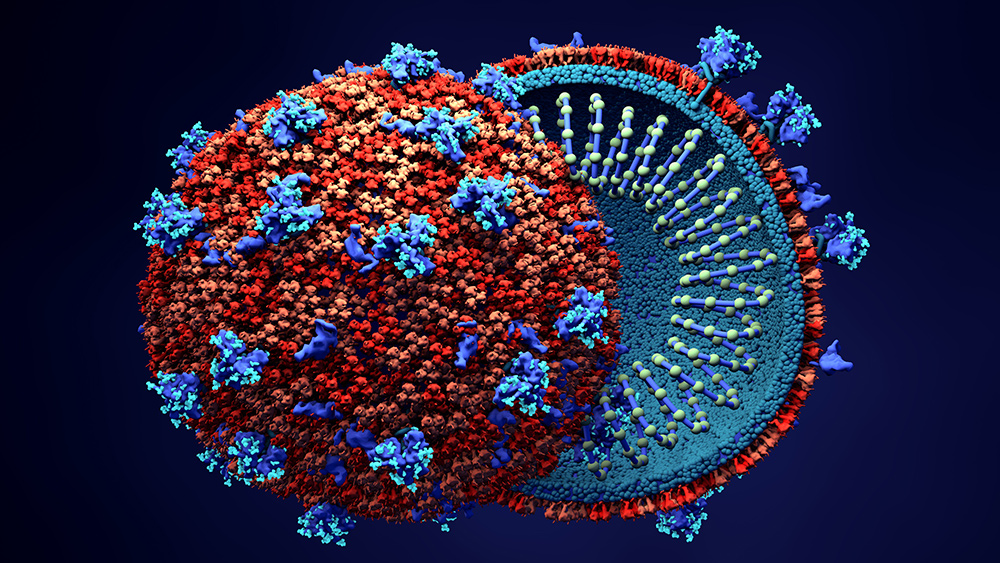Liver injury caused by heart disease can be reduced by baicalein
07/05/2019 / By Michelle Simmons
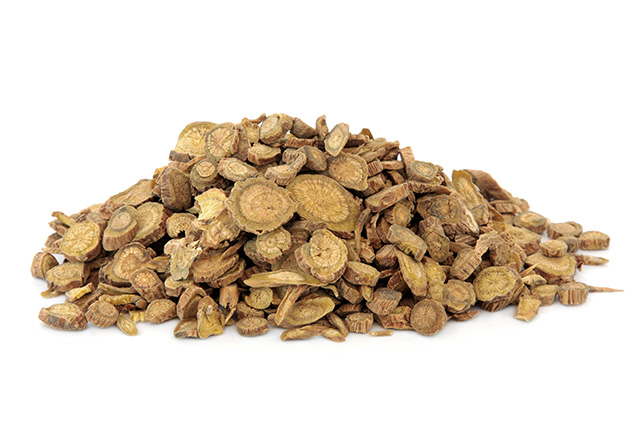
A team of researchers from the National Yang-Ming University School of Medicine in Taipei, Taiwan examined baicalein to see if it can reduce liver injury induced by myocardial ischemia and reperfusion (I/R). Their study was published in The American Journal of Chinese Medicine.
- Baicalein is a component of the root of Chinese skullcap (Scutellaria baicalensis), which is used in traditional Chinese medicine to treat liver disease.
- For the study, the research team pretreated rats with 3, 10, or 30 milligrams per kilogram (mg/kg) baicalein 10 minutes before myocardial I/R.
- They induced myocardial I/R in rats via occlusion of the left anterior descending coronary artery for 40 minutes and reperfusion for three hours.
- Pretreatment with baicalein dramatically reduced aspartate transaminase (AST) and alanine transaminase (ALT) serum levels, apoptosis in the liver, and elevated tumor necrosis factor-alpha (TNF-a), interleukin-1-beta (IL-1B), and interleukin-6 (IL-6) levels, which were caused by myocardial I/R.
- In addition, baicalein treatment increased B-cell lymphoma 2 (Bcl-2) but reduced Bax in the liver. Both proteins regulate apoptosis.
- Baicalein also increased the phosphorylation of pro-survival kinases, including Akt and extracellular signal-regulated kinases 1 and 2 (ERK1/2).
- Overall, the results suggested that baicalein can reduce liver injury induced by myocardial I/R.
- This can be attributed to baicalein’s ability to inhibit intrinsic and extrinsic apoptotic pathways.
The research team concluded that baicalein can be used to prevent liver injury due to acute myocardial infarction and cardiac surgery.
For more studies on baicalein and alternative medicines for liver damage, visit LiverDamage.news.
Lai CC, Huang PH, Yang AH, Chiang SC, Tang CY, Tseng KW, Huang CH. BAICALEIN REDUCES LIVER INJURY INDUCED BY MYOCARDIAL ISCHEMIA AND REPERFUSION. The American Journal of Chinese Medicine. 25 April 2016;44(3):531-550. DOI: 10.1142/S0192415X16500294
Tagged Under: alanine transaminase, ALT, alternative medicine, alternative therapies, alternative treatment, apoptosis, aspartate transaminase, AST, baicalein, cardiac surgery, cardiovascular health, chinese skullcap, disease treatments, healing, heart disease, herbal medicine, Herbs, inflammation, liver damage, liver health, liver injury, myocardial ischemia and reperfusion, natural cures, natural medicine, natural treatment, prevention, research, Scutellaria baicalensis, TCM, therapies, traditional Chinese medicine





